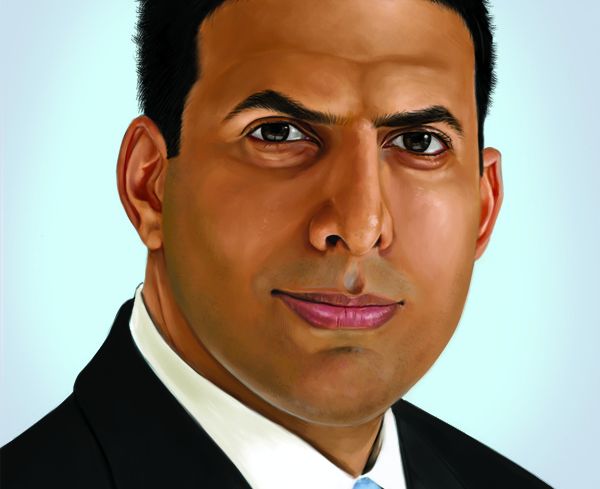
For global capital in search of a home, Europe in its present straits is far from the obvious choice. Not by any means a homogenous opportunity, the Continent’s economies are nonetheless regrettably undifferentiated in their current growth trajectories. Even in Germany, which has served as Europe’s principal economic and political stabilizer since the financial crisis, the economy’s current robustness anticipates a mixed long-term outlook for growth. On balance—and in spite of record valuations in top-tier markets—global capital prefers the United States.
But there is another Europe. For commercial real estate-market participants making significant ventures across the Pond, this other Continent reflects an abundance of opportunities for investment and lending, born in part of the ongoing retrenchment of bank balance sheets and a coincident shortfall in the broader financing environment. The case for these high-quality and well-located investments is made almost entirely at the level of the asset. With few exceptions, the macroeconomic environment in Europe is a qualifier of the underwriting thesis rather than a supportive premise.
Economic Quagmire
In the early days of the global recovery, the United Kingdom and the euro zone outperformed the United States in their return to growth. The lead was short-lived, however. The financial crisis may have been global, but it was succeeded by a crisis in the monetary union that was decidedly European in its cause and consequence.
Europe does not appear on the cusp of economic rebound. Instead, the outlook for the next two years betrays reserved expectations on the part of policy makers and economic soothsayers. Heading into the third quarter, Chandan Economics projects growth in the euro zone barely in excess of 1 percent for 2014. Baseline growth in 2015 is forecast to be only marginally stronger. Both this year and next, real economic activity will increase too slowly to make a serious dent in the unemployment rate, currently in excess of 11 percent.
Slow growth and untimely bouts of contraction have allowed a protracted period of low inflation in the euro zone. Rounding out six months below 1 percent, euro zone prices increased by just 0.5 percent in March, the weakest result rise since 2009. In Cyprus, Greece, and Ireland, there are indications of deflation. That has prompted calls for further loosening of monetary policy from within and without Europe. In late May, the International Monetary Fund suggested there is room for further rate cuts.
That presents a challenge for monetary policy makers tasked with maintaining price stability. The position of the European Central Bank today is not unlike the Federal Reserve’s for most of the U.S. recovery. Monetary policy cannot offset flawed economic policy or deeply entrenched political uncertainties, however hard central bankers may try.
Cheap Money Solutions, Not Innovation
ECB President Mario Draghi took action in early June, shortly before this column was crafted. The Central Bank’s short-term lending rate was cut to 0.15 percent, a drop of 10 basis points. The bank deposit rate was also cut and is testing new ground in negative territory. These moves suggest a lack of innovation. In the United States, with the accommodative monetary policy now rooted in place, cutting rates from one historic low to another seems less experimental and more stock-in-trade.
On its own, the ECB’s rate move will fail to spur real economic activity. For all practical purposes, interest rates are already at zero. There is no reason to believe that pushing the envelope a little further will have significant impact, even if papers and pundits have called the move bold. Rates have been low all along, and yet bank balance sheets have continued to contract. There may be greater potential in the ECB’s targeted longer-term refinancing operation, at least where banks are not capital constrained and are confident of passing upcoming stress tests.
Real Estate Unanchored
Across a surprisingly varied range of cities, commercial real estate investors are sanguine in their assessments of the European investment thesis. In the context of Europe’s still-uncertain path to stronger underlying growth, acquisitions and originations must be evaluated against a wider range of stress scenarios than would be the case during previous expansions. Just a few years ago, a failure to anticipate fiscal challenges in southern Europe proved costly for investors eager to capitalize on signs of renewed growth and rising confidence levels. This time around, they might anticipate that capital costs will one day catch up with their enthusiasm for the market long-term.
Sam Chandan, Ph.D., is president and chief economist of Chandan Economics and an adjunct professor at the Wharton School, University of Pennsylvania. The views expressed here are his own. He can be reached at dsc@chandan.com.



